I have a great Christmas-bonus giveaway this month: The Bogie & Bacall Signature Collection DVD set. The set includes these thriller/film-noir classics from the 1940s:
“To Have and Have Not,” 1944, by director Howard Hawks
“The Big Sleep,” 1946, Howard Hawks
“Dark Passage,” 1947, Delmer Daves
“Key Largo,” 1948, John Huston
(Anita is the winner of the November reader giveaway, Criterion’s DVD edition of “The Killers.” Congrats to Anita and thanks to all who entered!)
To enter the December giveaway, just leave a comment on any FNB post from Dec. 1-31. The winner will be randomly selected at the end of the month and announced in early January. Include your email address in your comment so that I can notify you if you win. Your email will not be shared.
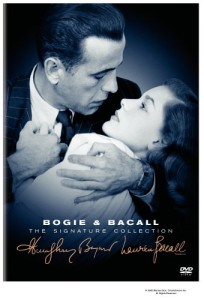







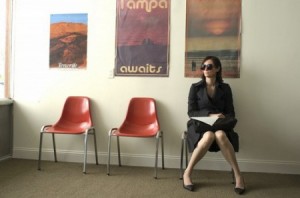
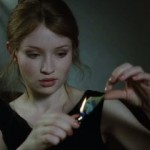


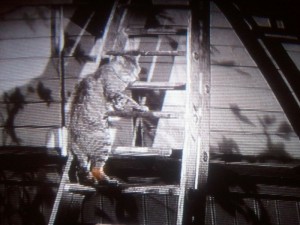
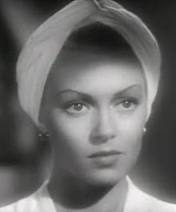


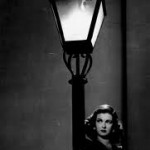
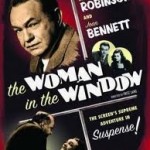
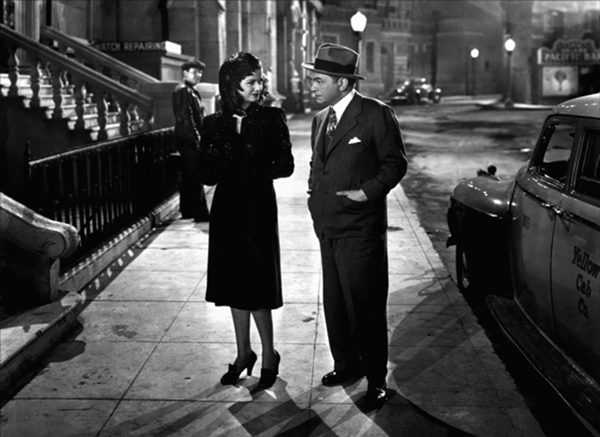
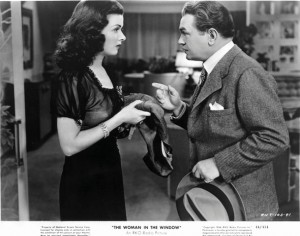
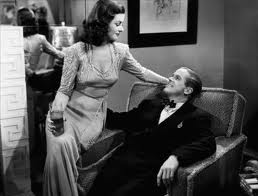

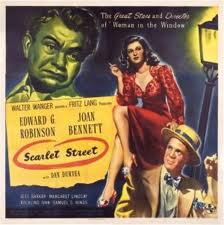
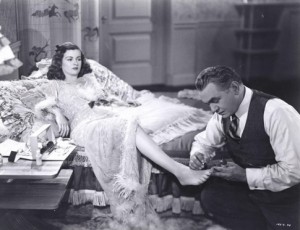
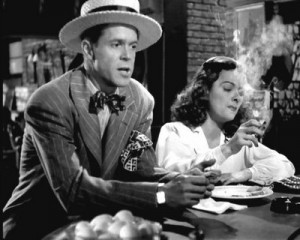





From FNB readers